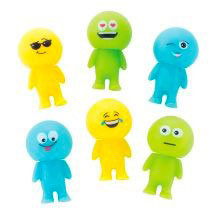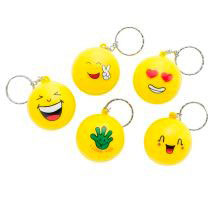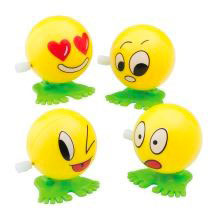Identifying Emotions through Play
Katie Taylor, CCLS Child Life On Call for SmileMakers Inc
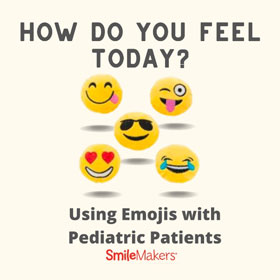
If you had to guess, how many times a day do you think you smile? Some days maybe close to a hundred? Some days, fewer than ten? I think it's pretty hard to count because for me it's such a natural thing to do when I see someone.
Smiles and other facial expressions play such a huge role when working with children. They may be watching your subtle expressions for cues about how you feel. They may mirror what they see your expression demonstrate.
As a Child Life Specialist, I use my physical and facial expressions to match the tone of the family I'm working with. In some cases, it's fun and I've got a huge smile that comes from supporting a patient or playing with them. In others it's more of a somber tone, and that comes with its own distinct facial expressions. A smile goes a long way, and I think most of us would agree that a smile is one of the best tools we have!
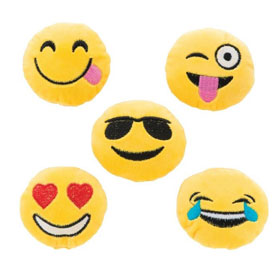
Emojis have become so popular for kids and adults. Using these fun digital-turned-real-life tools are a great way to encourage kids to identify emotions and talk about the feelings associated with them.
Using plush emojis are just the beginning of a conversation. You can use them to help children identify different emotions, express how they feel, or use pretend play to act out a scenario. However you facilitate the experience, you're promoting emotional literacy by talking about the feelings associated with emotions in addition to the physical reactions that happen because of an emotion.
Some of my other favorite emoji tools to use with patients are:
No matter which of the many SmileMakers emoji products you decide to take with you, know the impact that educating your patients about their emotions will have on their future experiences.



